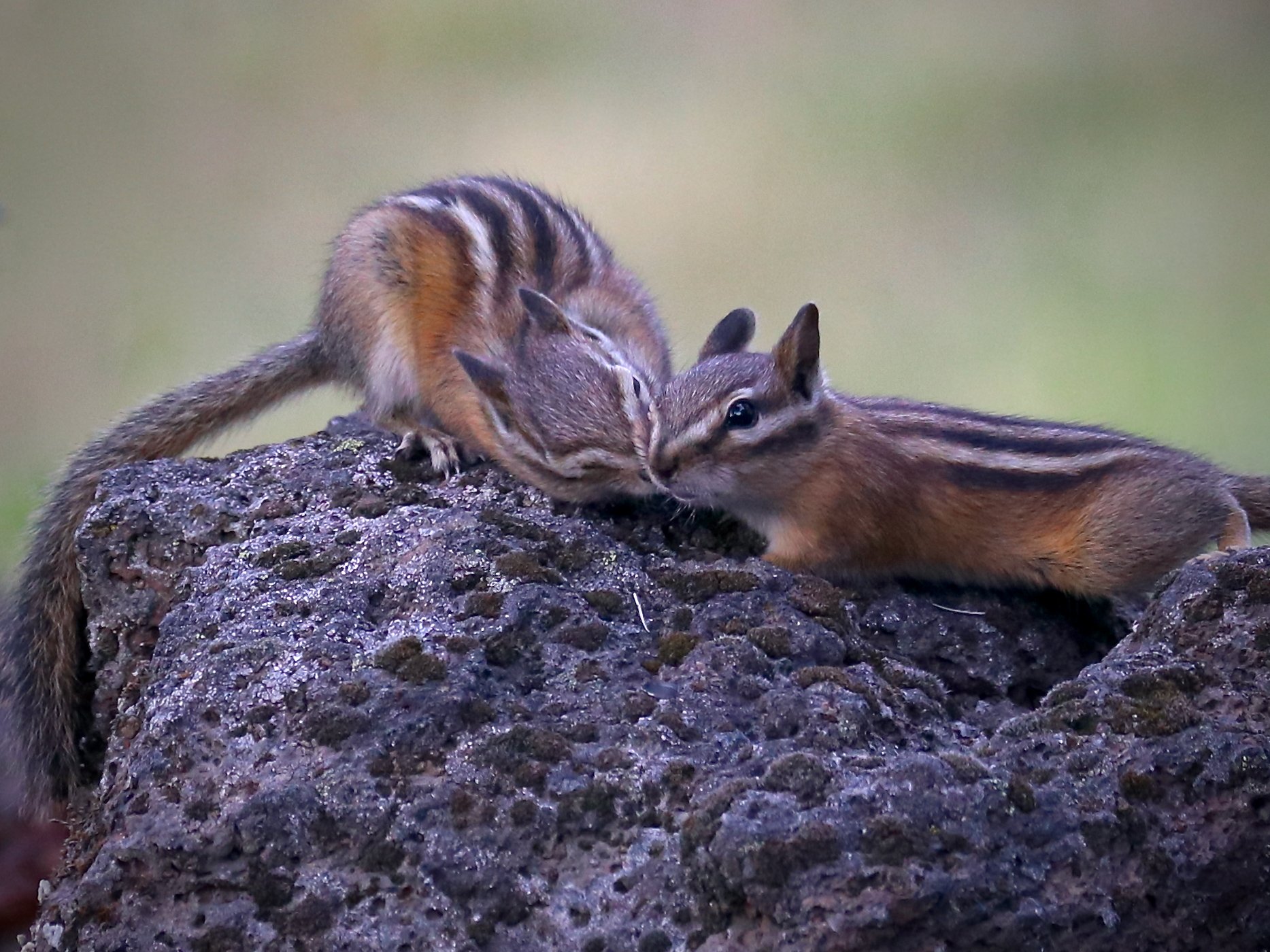Patience…..
“ The waiting is the hardest part”. - Tom Petty
When it comes to capturing rare moments outdoors, truer words have never been spoken. Ethical wildlife photographers should never “scare off” their subjects in the interest of getting that perfect action shot. We must be patient and wait, the moment isn’t ours to interrupt. Sometimes it happens, sometimes it doesn’t and we leave to try another day, feeling good for having tread lightly upon the natural order.
Trumpeter Swans (Cygnus Buccinator) spend most of their time floating slowly, bobbing for aquatic plants. They’re the largest native waterfowl in North America, weighing more than 25 pounds with a 6 foot wingspan. It takes a lot of work and a really long runway to takeoff, so they prefer to conserve energy. This couple has been wintering over in my area for the last few weeks. I’ve observed them for 4 or 5 hours total (with frozen fingers), and have only seen them take flight once. I’m not sure what disturbed them here, but an adult bald eagle showed up a few minutes later……..
Trumpeter swans get airborne. Klickitat County, Washington State. January, 2022. Canon EOS 80D, 100-400mm f/4.5-5.6l is ii, 1.4x extender ii. Tragopan Monal V2 Photography Blind.
I caught a glimpse of this bobcat (Lynx Rufus) hunting in the snow last winter as I was crouched at the edge of a meadow scouting for elk. It approached slowly, then sat directly in front of me 75 yards away! The bobcat remained perfectly still for 20-30 minutes and we watched each other until the silence was interrupted by some early traffic on the forest road. With a lot of luck and a little patience, I was able to capture this amazing moment as it exited stage left…..
Bobcat breaks into full run. Klickitat County, Washington State. February, 2021. Canon EOS 80D, 100-400mm f/4.5-5.6l is ii.
Least chipmunks (Neotamias Minimus) are the smallest and most widespread species of chipmunk in North America. They’re absolutely everywhere and make an excellent subject if you wish to work on patience and timing. If you can sit quietly for long enough, they’ll eventually get more comfortable with you (a handful of unsalted peanuts will fast track this process) and do more interesting things. It took a long time to get the shot below, but it was fun watching these two…..
Least Chipmunk steals a smooch. Klickitat County, Washington State. August, 2020. Canon EOS 80D, 100-400mm f/4.5-5.6l is ii, Benro Carbon Fiber Travel Tripod.
I stepped outside with my coffee one chilly spring morning, and this American Robin (Turdus Migratorius, yes you heard that right) landed nearby. It was only perched for a minute or so, but I managed to time a few frosty breaths. Robins are common, but they do uncommon things if you observe them patiently every time you get the chance. This photo always reminded me of musical notes, and I’ll be entering a version of it in the 2022 National Audubon Awards…….
American Robin displays perfect pitch. Klickitat County, Washington State. May, 2021. Canon EOS 80D, 100-400mm f/4.5-5.6l is ii.
It’s possible to capture amazing natural images without super expensive equipment and a lengthy technical background. There is however no substitute for developing patience, timing, knowledge of subject matter, and a commitment to moral photography practices.
If you wish to learn more about the ethics of wildlife photography, the Audubon Society is an excellent place to start: https://www.audubon.org/get-outside/audubons-guide-ethical-bird-photography
Mt. Hood makes an appearance as clouds clear briefly on the ridge above Columbia Hills Natural Area Preserve. Washington State. January, 2022. iPhone 11 Professional.






